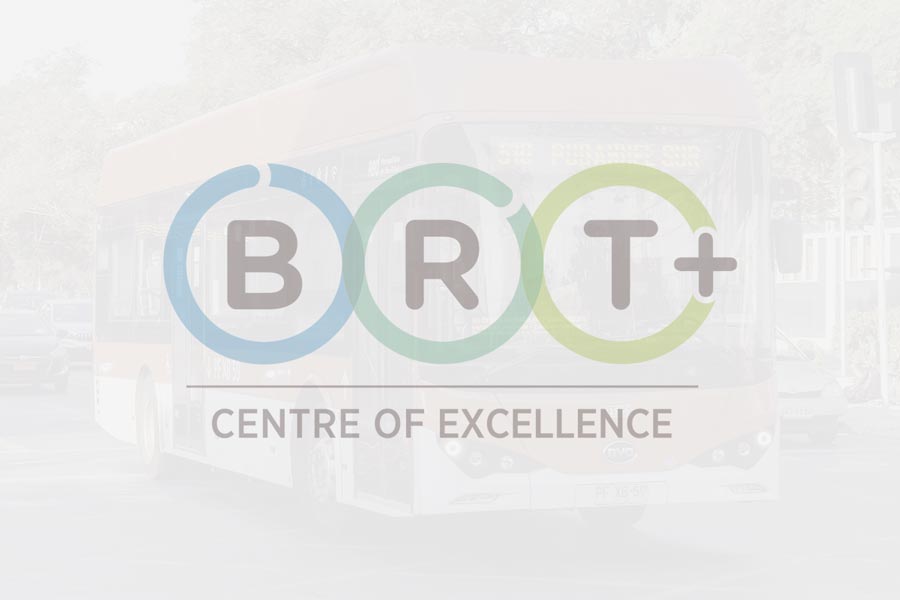Opinion Pieces: since 2007, Prof. David Hensher has written an opinion column in the Australasian Bus and Coach magazine, where he monthly discusses a lot of different transport-related hot topics. In this section we are revisiting these columns.
February 2011
The transport sector faces many challenges, given its critical role in the provision of mobility services. In recent years a number of researchers have argued that there are an increasing number of benefits associated with public transport projects that go beyond the identification of benefits to public transport users and the transport sector in general. These benefits have become known as the wider economy benefits (WEBs) and define a new set of benefits attributable to some market responses that follow public transport infrastructure investments. The inclusion of these wider economic benefits in appraisal of transport projects will help to ensure that we do not miss key investment opportunities for enhancing productivity. It is therefore important that we incorporate the best information we have to include wider economic benefits in transport appraisal. The key WEBs are: (i) Agglomeration – bringing activities closer together is time and space, partly linked to the redistribution of employment opportunities and gains in productivity in the provision of goods and services from spatial concentration, (ii) Increased output in imperfectly competitive markets, and (iii) Labour market impacts – labour supply and the move to more productive jobs.
Firms and workers deciding where to work and live trade off various benefits and costs (wages, rents, congestion etc.). Their final location decision will be a contributing factor to the overall city size. When each firm or worker takes a location decision they consider the benefit to themselves such as the impact on profit or wage but (in most cases) do not consider the impact of their decisions on the productivity of others. A firm or worker’s location decision may generate agglomeration economies, which benefit not only the individual firm but also other firms and workers located in the cluster. There is therefore an ‘externality’ in addition to the private benefit.
The rearranging of activities in time and space also delivers improvements in levels of air pollution and emissions in general. Why might the transport sector care about this? There are obvious reasons, one most important one being that if we can identify a larger number of benefits associated with investment in public transport, then the transport portfolio of government can present a stronger case to Treasuries (State and Federal) of the value of public transport projects. While there are claims that such additional economy wide benefits can be as high as 60 percent on top of the traditional transport-sector modelled benefits (mainly gains in travel time), benefits associated with agglomeration look like delivering up to an additional 10-20 percent of benefits, an amount not to be ignored.
The identification and inclusion of these WEBs means that we can provide additional information to help inform prioritization of schemes for funding allocation. With higher returns to public transport projects, we could release more public funds for investment, as well as identify the impacts on gross domestic product (GDP) which always interests governments, and can help to support call for private participation in infrastructure investment.
Food for thought
¿Comments? ¿Opinions? ¿Similar News? Send them to us!













